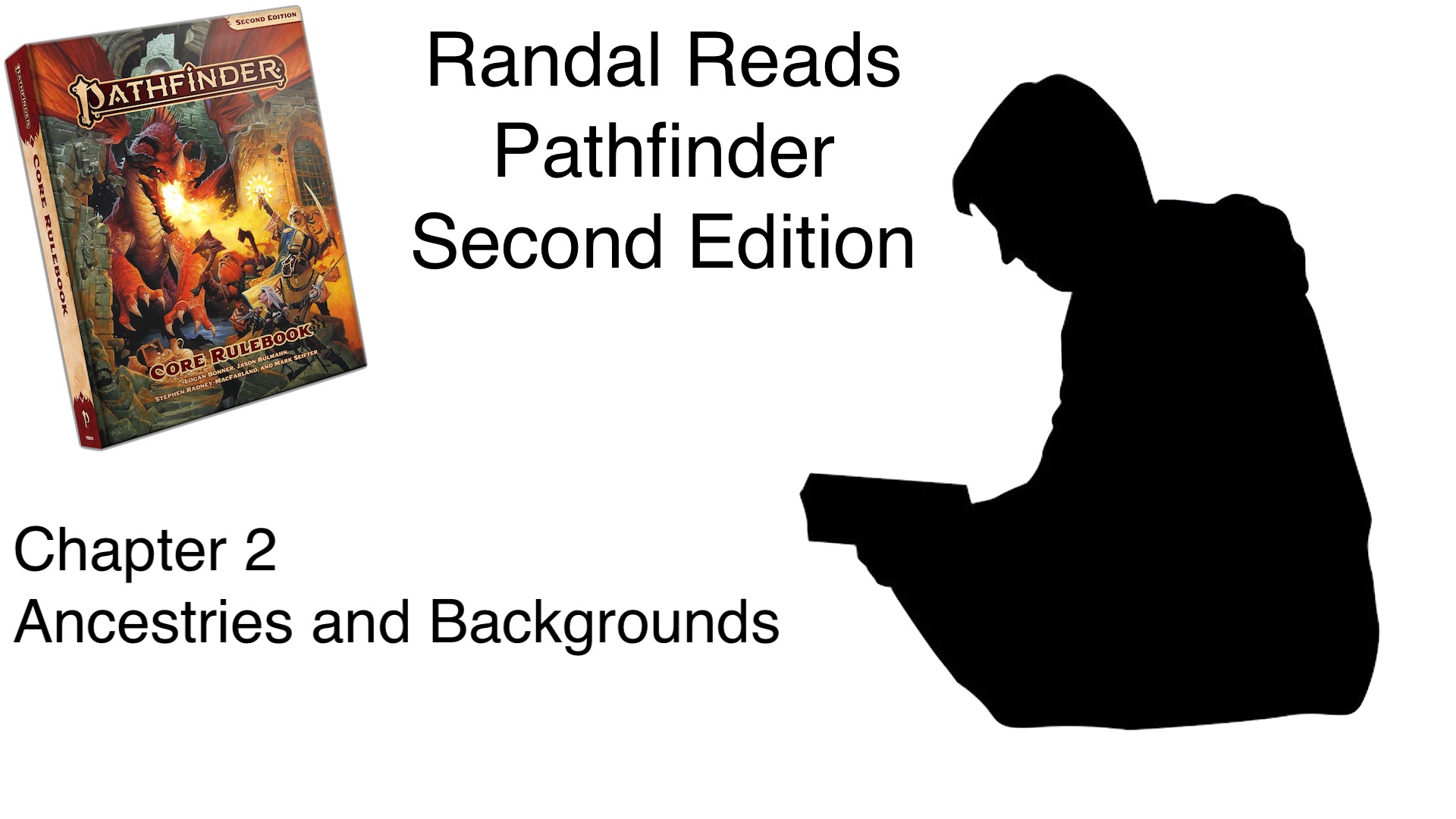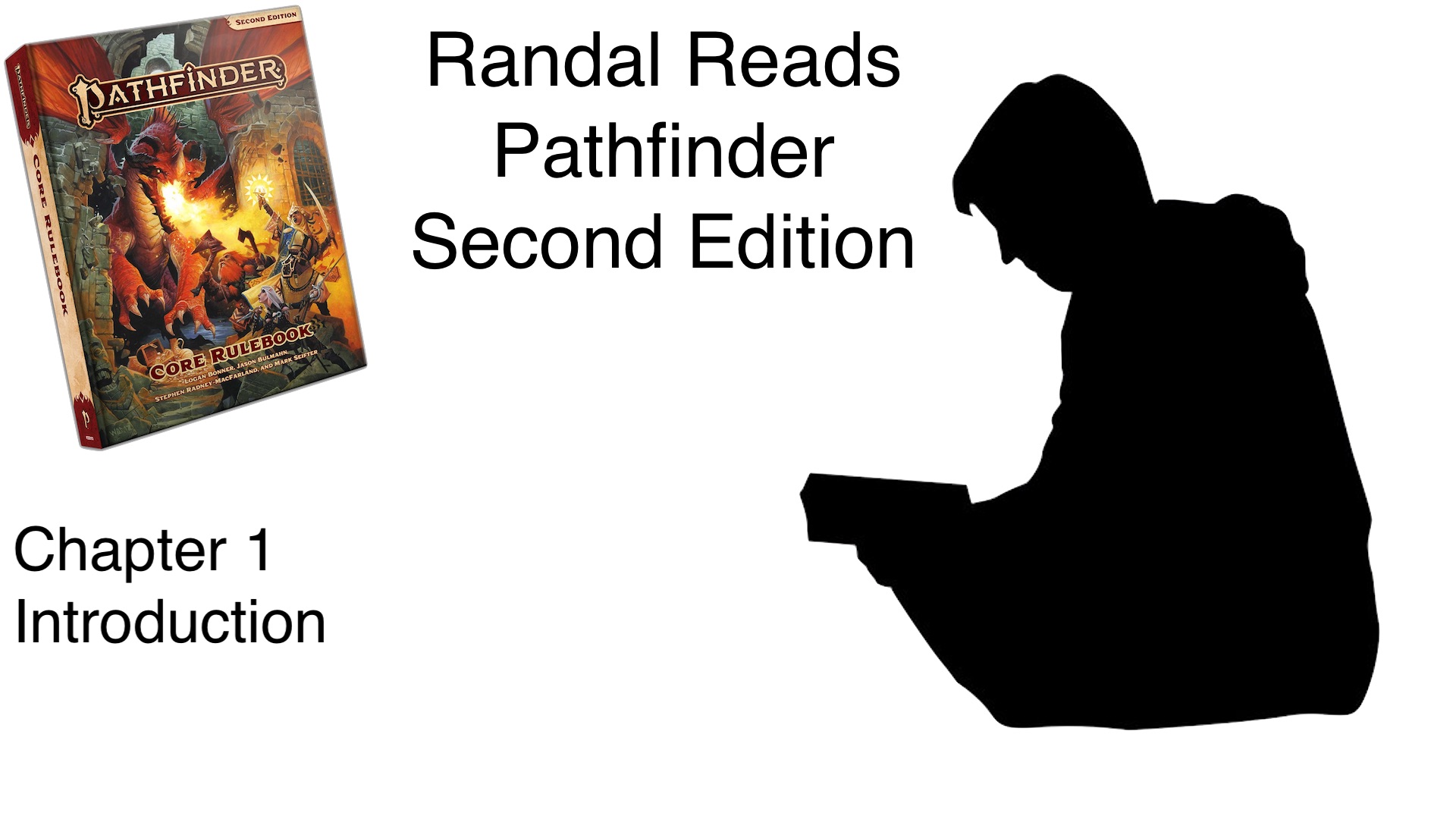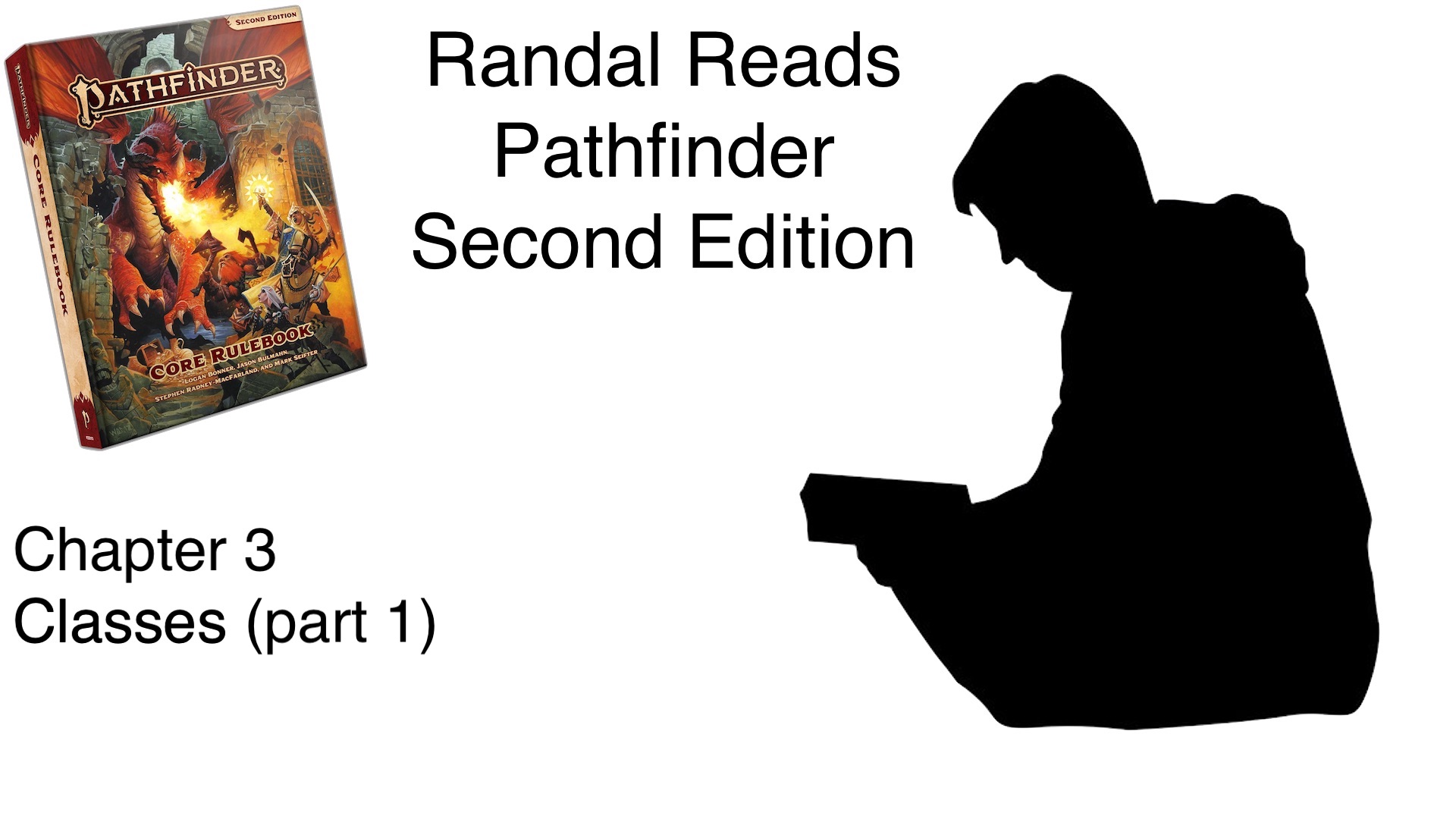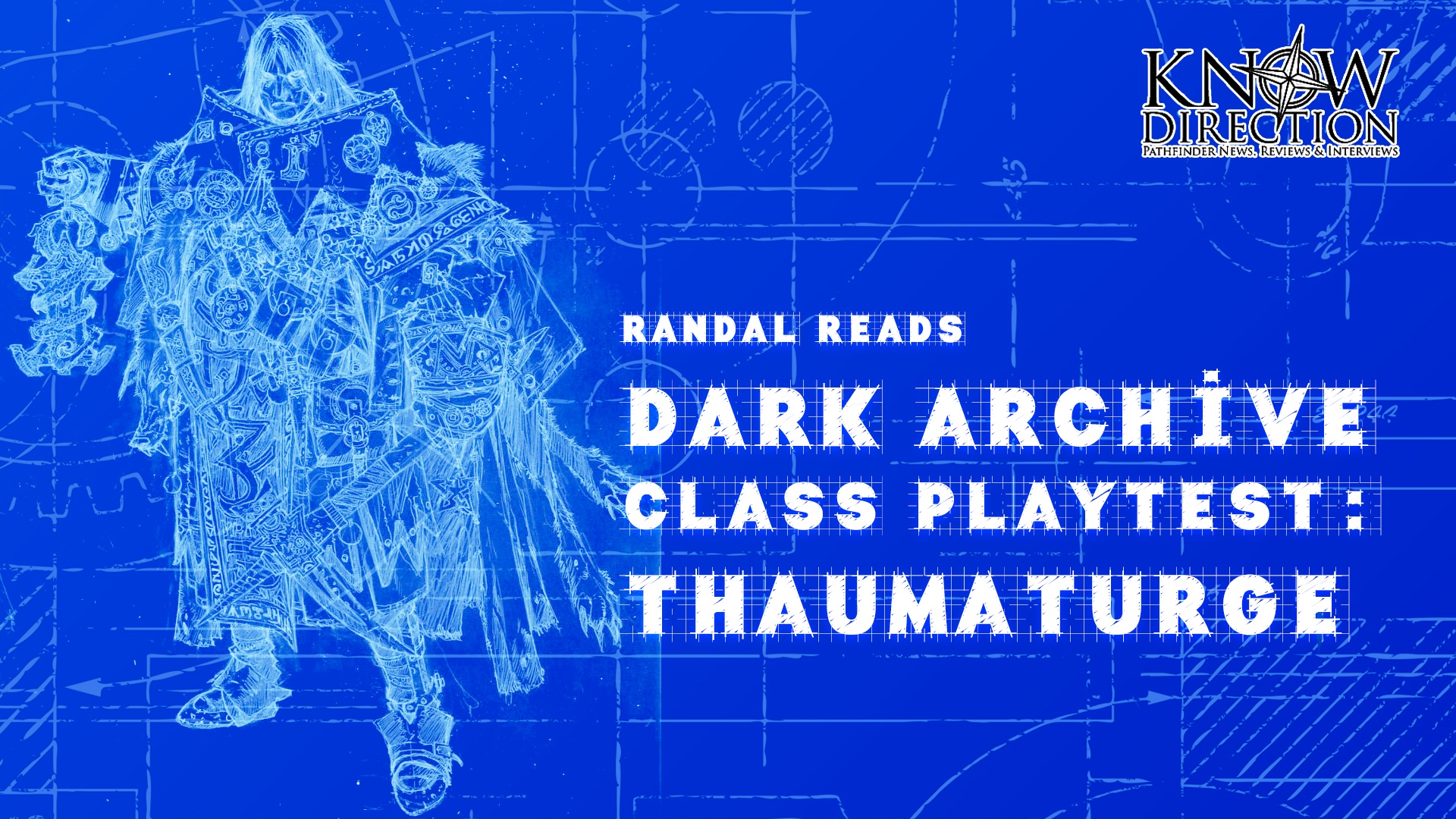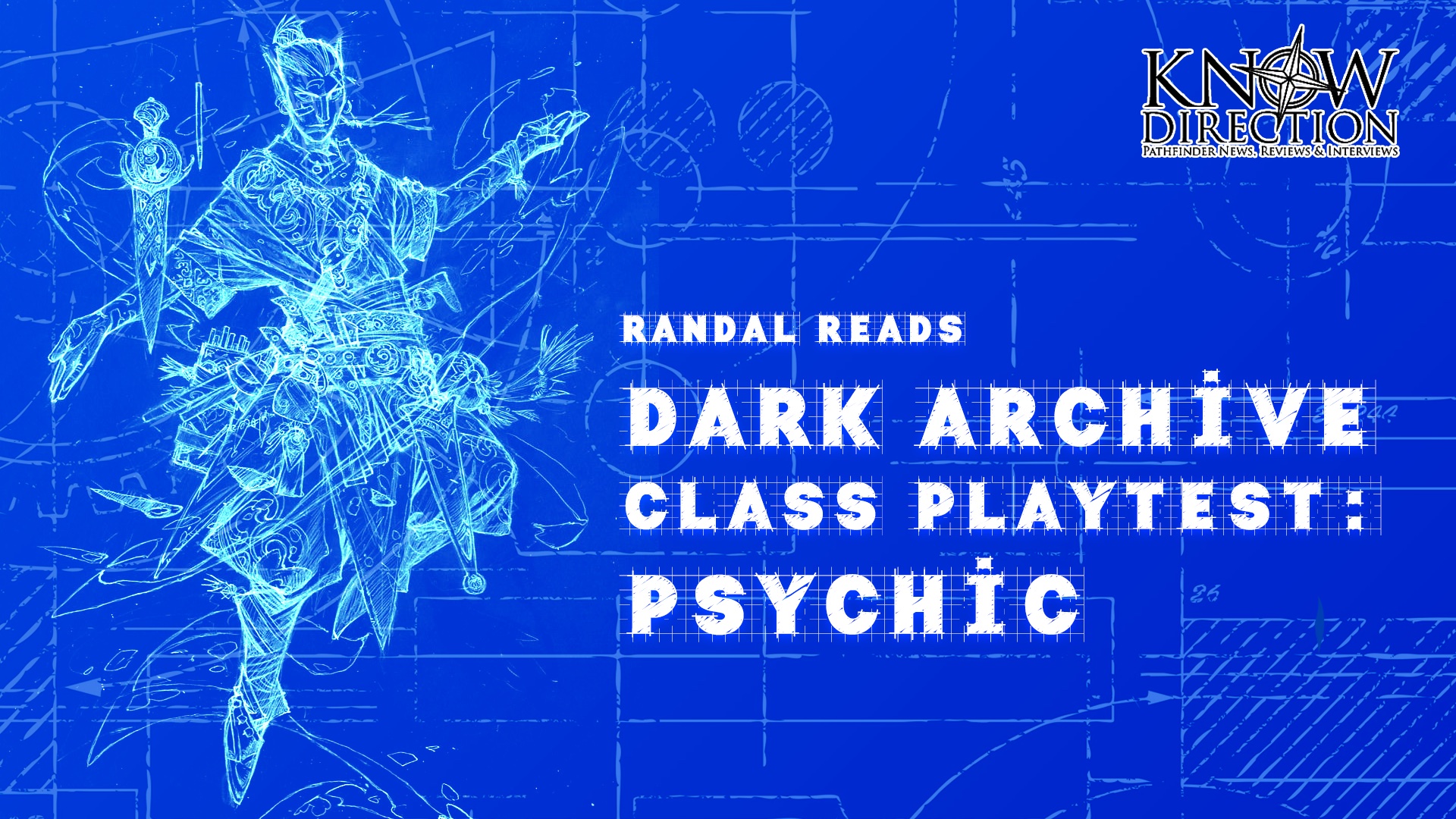Hello, and welcome to a special review of Pathfinder Second Edition. With most of the Know Direction team at Gen Con 2019, gluttonously consuming second edition in all its glory, most of our blogs are on hiatus. I, Randal, writer of Groundbreaking and Terraforming, am here to fill that void with a chapter by chapter review of the new core rulebook. This review is intended to simply be my take on the material as I read it, as first thoughts and impressions, and not a hard comparison of changes from first edition.
Chapter 2 – Ancestries and Backgrounds
Ancestries
I like the layout of the ancestries; that is the use of “you might …” and “others probably …” as well as the “proficiency” and “adventurers” sidebars. I know this isn’t exactly new to Paizo books, but I feel like it is showing the benefit of a decade of evolution and a recent playtest to experiment further.
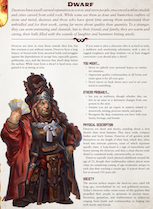
I enjoy the use of ancestries, heritages, and ancestry feats. I know many don’t care for this change or think it is silly to “get better at your ancestry” as you level, but I find it a nice way to expand on your character in ways that aren’t always combat related and also don’t force you to fall behind by using feats on flavor. Another perk is that you can mix and match ancestry things without “losing a core piece” because the core pieces are now truly core (size, speed, ability changes) and all the optional/customizable pieces are things you choose (weapon familiarity, for instance). I thought it odd that they have the weapon familiarity written up for each ancestry separately, instead of having generic feats for them and simply having an ancestral weapons block somewhere. I mean, I get it, they are keeping elf stuff with elves and dwarf stuff with dwarves, but we could have a couple extra feats if weapon familiarity feats were shared.
I don’t know Golarion lore as well as I would like, so I don’t have any context with which to compare the heritages that they chose to include against those that were common in 1e. With the exception of Human, the ancestries each have 5 heritages to choose from:

- Dwarf
- Ancient Blooded, Death Warden, Forge, Rock, Strong-blooded
- Elf
- Arctic, Cavern, Seer, Whisper, Woodland
- Gnome
- Chameleon, Fey-touched, Sensate, Umbral, Wellspring
- Goblin
- Charhide, Irongut, Razortooth, Snow, Unbreakable
- Halfling
- Gutsy, Hillock, Nomadic, Twilight, Wildwood
- Human
- Half-elf, Half-orc, Skilled, Versatile
The way in which they are written up makes it pretty easy for me to see ways in which it will be easy to house rule our own custom heritages. They didn’t include a desert elf that is resistant to the heat, but they have a Forge Dwarf that is resistant to hot environments and an Arctic Elf that is resistant to cold environments. They are worded essentially the same, which means (to me) it is a non-issue to use that same formula to create our Desert Elf, or any desert heritage of any ancestry (for that matter), should it make sense for your character and your GM approves. Similarly, any ancestry with low-light vision can easily have a heritage that grants darkvision.
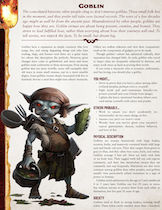
I had really hoped to see a mixed-ancestry entry that was the entry for half-elf and half-orc that further explained how to create mixed ancestry combinations beyond just these two, but I was happy to see in the Human stats sidebar that there was a section called “Other Halves”. This refers to half-elf and half-orc ancestries that are not human based, and provides a brief section on being non-human half ancestry (elf, orc), assuming GM permission (of course).
The human entry has a paragraph on ethnicities, pointing to a section in the Age of Lost Omens chapter. Prior to the Playtest, I had thought it would be neat to have ethnicities be part of the ancestry/background selection, and seeing that heritages had made it in the final I thought maybe we would see generic heritages that were regional/ethnic so that you could have Ulfen Dwarves, for example. Alas, that isn’t the case.
Backgrounds
Backgrounds are really simple and pretty straight forward. Each one provides a bit of flavor, two choices for an ability boost (aside from the free one), two skills you are trained in, and a relevant skill feat. 35 backgrounds can be found here, and from my reading they seem to cover most of the common tropes I hear for a character’s backstory. One of the nice things about them is that they are formulaic and easy to work with, should you want to modify or make your own.
Languages
The only things of note (for me) here is that I liked that they called out sign language and lip reading as legit options instead of it simply being a tacked on skill or feat. I also dig some of the language names (such as Jotun for the “giant language” and Necril for the “undead language”).
Tune in tomorrow for Chapter 3 – Classes (part 1)!

